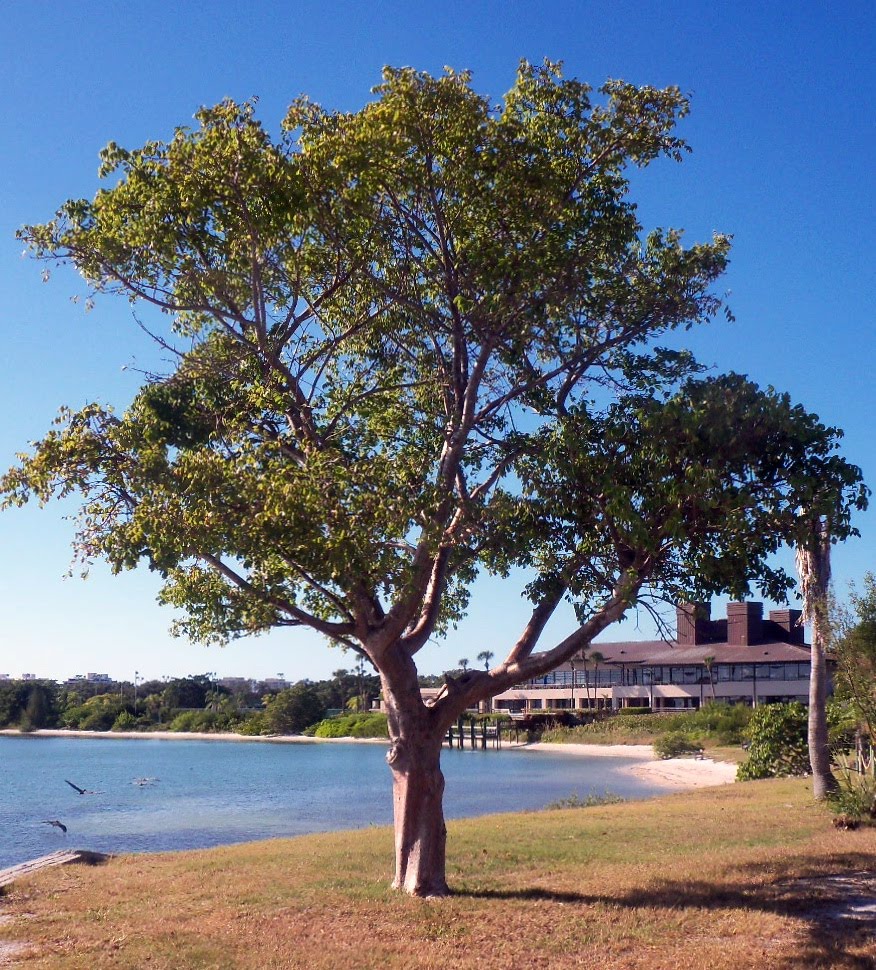

Bursera simaruba is prevalent in the Petenes mangroves ecoregion of the Yucatán, where it is a subdominant plant species to mangroves. Terebinthus simaruba (L.) W.Wight ex Roseīursera simaruba, commonly known as gumbo-limbo, copperwood, chaca, West Indian birch, naked Indian, and turpentine tree, is a tree species in the family Burseraceae, native to the Neotropics, from South Florida to Mexico and the Caribbean to Brazil, Nicaragua, and Venezuela.Bursera integerrima (Tul.) Triana & Planch.Calusa Indians and others used the sticky bark resin to trap songbirds for food or trade. It has attractive reddish flaking bark, thus one of its common names "tourist tree." In high winds, such as from hurricanes, the trunks usually will not blow over, but the tree will lose some of its limbs and will refoliate quickly. References: Hammer 2004, Nelson 2003, Schaefer & Tanner 1997Ĭomments: Gumbo-limbo is one of our fastest growing and most versitile native trees.

Some say that plants grown from cuttings are not as strong as those raised from seed. Horticultural Notes: Can be grown from seeds or cuttings, even large limbs. Kingbirds and other flycatchers eat the fruits. Attracts bees and other insect pollinators. Larval host plant for dingy purplewing ( Eunica monima) butterflies. Wildlife and Ecology: Provides moderate amounts of food and cover for wildlife. Unisexual or perfect, with flowers of both sexes on the same tree.įlowering Season: All year peak winter-spring.įruit: Greenish-brown to red-purple fleshy capsule, separating into three sections at maturity, exposing one or two reddish seeds.
#Gumbo limbo tree full#
Light Requirements: Full sun to light shade.įlower Characteristics: Inconspicuous. Salt Wind Tolerance: High can tolerate moderate amounts of salt wind without injury.ĭrought Tolerance: High does not require any supplemental water once established. Salt Water Tolerance: Moderately low does not tolerate long-term flooding by salt or brackish water, but tolerates short term inunation by salt water from storm surge with minimal damage. Nutritional Requirements: Moderate can grow in nutrient poor soils, but needs some organic content to thrive. Soils: Moist, well-drained sandy or limestone soils, with humusy top layer.
#Gumbo limbo tree zip#
Map of ZIP codes with habitat recommendations north to Martin and Charlotte counties. Map of suggested ZIP codes north to Indian River and Manatee counties. Map of select IRC data from peninsular Florida. For a digitized image of Elbert Little's Florida range map, visit the Exploring Florida website. It is more common on the east coast of peninsular Florida to about Cape Canaveral, but less so in the interior and on the west coast. Monroe County Keys north, mostly along the coast, to Brevard, Glades, Pinellas and Hillsborough counties, with more recent records to the north of this area West Indies, Mexico, Central America and northern South America. Semi-deciduous, losing its leaves immediately before leaf turnover and during extended periods of drought.ĭimensions: Typically 30-50 feet in height to 64 feet in South Florida. Leaves compound, 6-8 inches long leaflets thin, smooth, becoming mottled with age. Bark thick and resinous almost always with a thin, red peeling outer layer which varies in color from tree to tree. Trunk thick, sometimes short, 1-3 feet in diameter. Available in Lake Worth at Indian Trails Native Nursery (56) and at Amelia's SmartyPlants (56).ĭescription: Medium to large tree with a rounded and usually broad spreading crown, moderately dense to open. A good shade tree in the hot summer months.Įcological Restoration Notes: One of the most common and important canopy trees in tropical hammocks. It can be used as a street tree and in commercial and residential landscapes. An excellent accent or specimen tree in moist to dry soils.


 0 kommentar(er)
0 kommentar(er)
